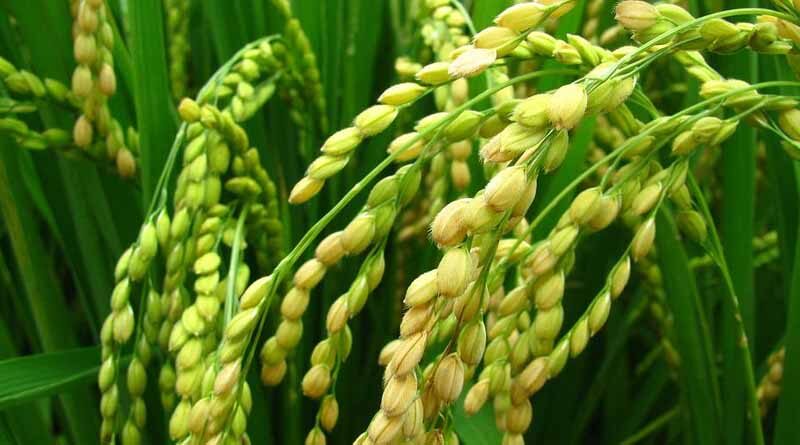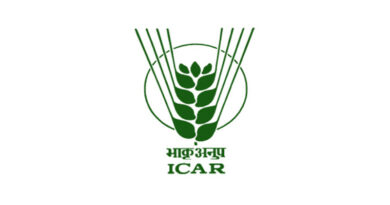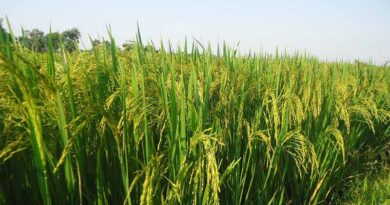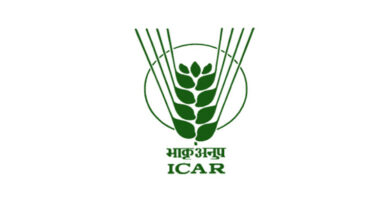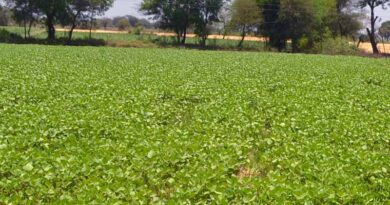Cause of stunting in paddy crop across Punjab and Haryana unknown; Farmers advised to control pests
26 August 2022, New Delhi: The farmers of Punjab and Haryana have been facing an unknown infestation in their paddy fields this Kharif season. A few plants have shown reduced growth and appear to be stunted when compared to other plants in the same fields. The farmers are worried that this will reduce their yield and may also affect their healthy plants.

Dr. A.K. Singh, Director, Indian Agricultural Research Institute (IARI) shared that a team of experts from IARI-PUSA Institute is out on the field collecting samples of the infested plants from the affected area. A committee has been formed by the Ministry of Agriculture on effectively managing this situation. Major varieties in which stunting is reported are PR-126, PR-121, PR-114, Pusa Basmati 1509, Pusa Basmati 1692, Pusa Basmati 1401.
He further shared that the symptoms of stunted growth of the plant are familiar to Grassy Stunt Virus and Southern Rice Dwarf Streak Virus. Another possibility which results in similar symptoms is the Phytoplasma disease; and Fusarium which causes Bakane disease in which plant gets very tall and gets dry but can also reduce plants growth and they remain stunted.
Dr. Singh shared that the paddy fields where stunting has been seen has about 5 – 15% of plant population affected. This problem has not been seen in every field but a few selected fields only. The stunted plants are about 1 feet long and can be easily uprooted from the field and the roots have a blackish color shade. This has also resulted in low nutrition supply to the plant.
As per Dr. Singh, stunting in paddy is not a matter of concern as it has not spread in all paddy fields and expected yield loss is about 5 to 15% only. There are areas like Sirsa and Fatehabad in Haryana where there are no complaints regarding stunting of paddy crop. Also, there are no complaints from Uttar Pradesh where paddy is a dominant crop.
Further, he said that the institute is still working to finding the cause of this infestation but as of now it can be both Virus or bacterial. He further advised the farmers to take proper control measures for Brown Plant Hopper (BPH), White back plant hopper, Green plant hopper as it may act as a vector to spread the disease further to healthy plants. For controlling there pests, he advised to use Pexalon (94ml with 250 litre water/acre), Osheen & Token (100 gm with 250 litre water/acre), Chess (120 gm with 250 litre water/acre)
Also Read: Punjab government bans 10 agrochemicals to save basmati rice exports
(For Latest Agriculture News & Updates, follow Krishak Jagat on Google News)

